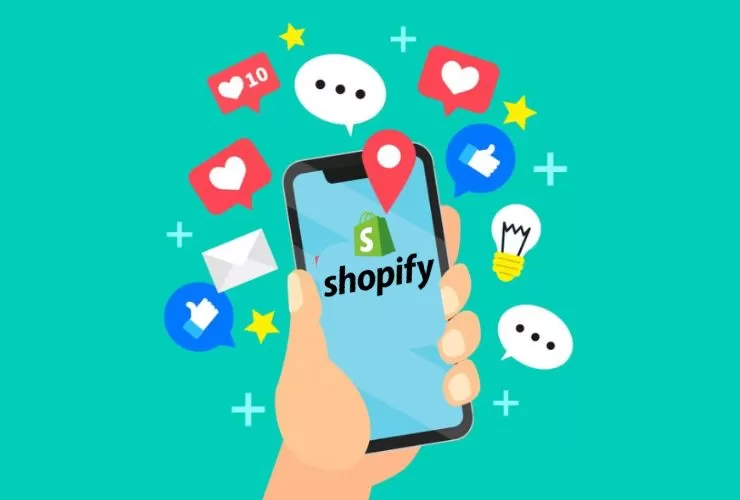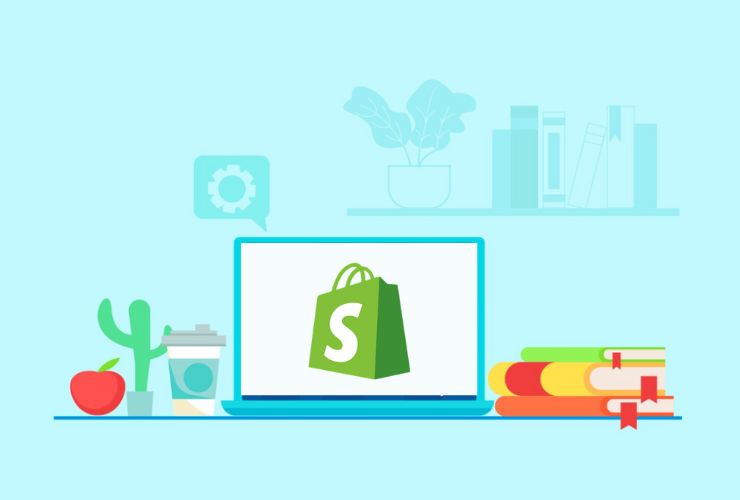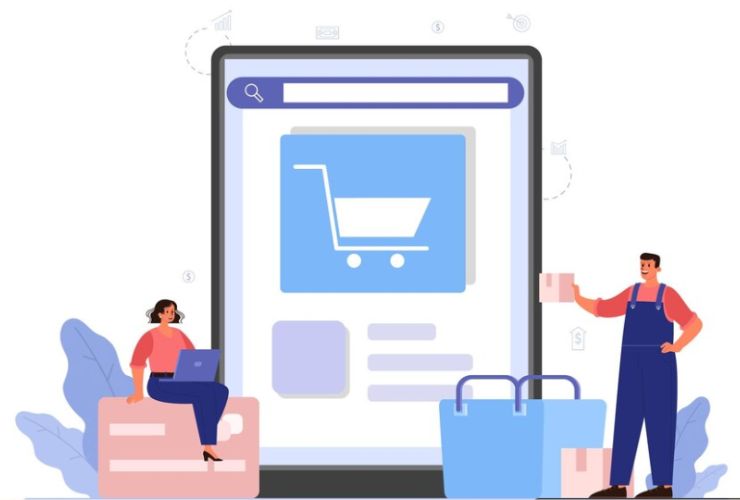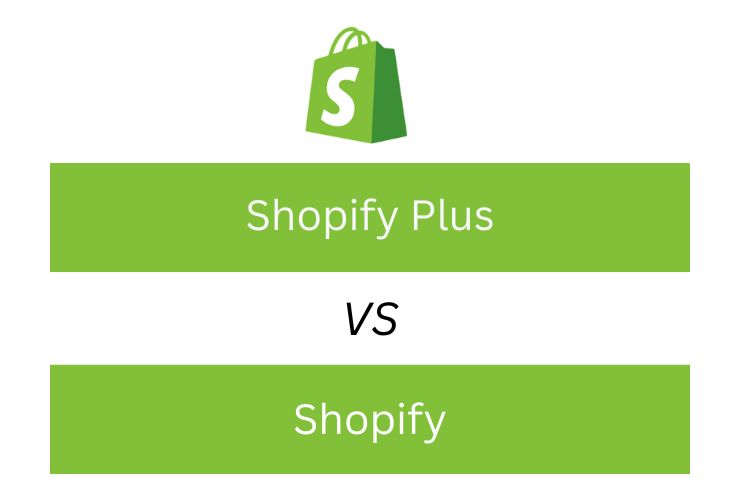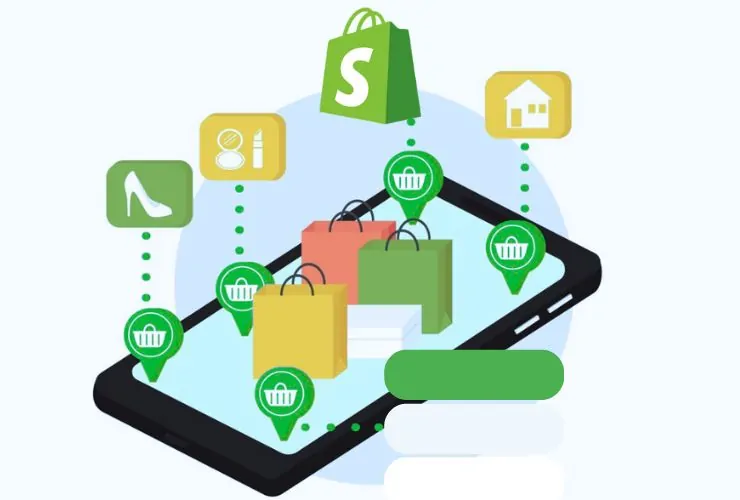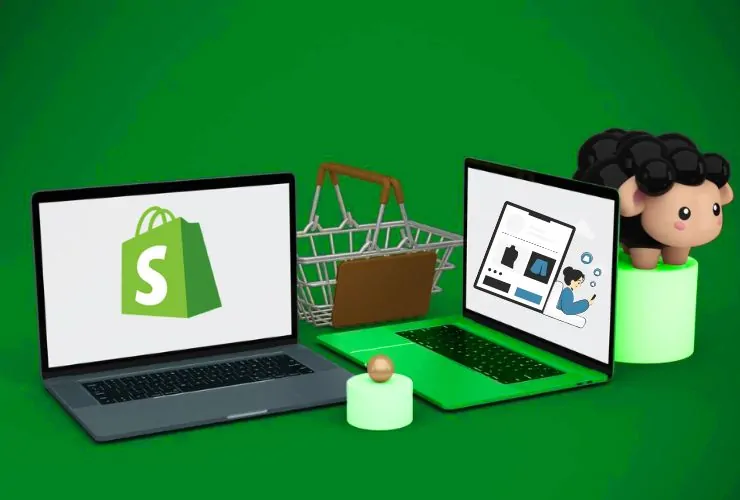Meaningful connections are what determine the success of eCommerce businesses in today’s digital-first world. Social media and your Shopify store go hand-in-hand. Social media provides that connection between your business and your customers, helping bridge the gap, thereby enabling the platform to engage with and make them visible to a greater extent while increasing sales. The blog will look into how practical it is to merge social media and Shopify for maximum performance.
1. Set Up Social Media Accounts for Your Brand
Before integrating social media with your Shopify store, ensure you’ve established a strong presence on key platforms. Identify the platforms where your target audience is most active—Instagram, Facebook, TikTok, Pinterest, LinkedIn, or Twitter—and create accounts that align with your brand identity.
- Use consistent branding elements like logos, taglines, and color schemes.
- Regularly post engaging content, including product highlights, behind-the-scenes glimpses, and educational posts.
- Respond promptly to comments and messages to build trust and community.
2. Enable Social Media Sales Channels on Shopify
Shopify makes it easy to sell directly through social media platforms. Integrate your store with sales channels like:
- Facebook Shop: Display your product catalog on Facebook and enable direct checkout.
- Instagram Shopping: Tag products in posts and Stories, allowing users to shop seamlessly.
- TikTok Shopping: Use TikTok’s eCommerce tools to promote and sell products directly from your videos.
These integrations reduce friction in the buying process, making it easier for social media users to become customers.
3. Embed Social Media Feeds on Your Shopify Store
Social media feeds bring dynamic, real-time content to your Shopify store. By embedding feeds, you can:
- Showcase user-generated content, such as customer reviews, or photos of your products Highlight trending posts and updates.
- Keep your site interesting and up-to-date with minimum effort.
- For instance, an Instagram widget can show all the customer posts using a branded hashtag, which encourages the other shoppers to join in the conversation.
4. Leverage Social Media Advertising for Growth
Social media advertising is a great channel to bring traffic and also sales. Platforms like Facebook, Instagram, and TikTok provide highly targeted ad options based on user behavior, demographics, and other interests.
- Retargeting Ads: Reach out to the users who came to your Shopify store but didn’t convert.
Lookalike Audiences: Discover new customers like your existing ones. - Lookalike Audiences: Find new customers similar to your existing ones.
- Story Ads and Carousel Ads: Reach out to the customers with multiple products or promotions in an engaging manner.
Track performance through built-in analytics from Shopify for retargeting ads, lookalike audiences, story ads, and carousel ads and optimize your campaigns to improve the ROI.
5. Leverage Social Proof and Customer Reviews
Social proof is one of the most effective ways to build trust with potential customers. Encourage buyers to share photos or reviews of your products on social media.
- Create branded hashtags to encourage user participation.
- Run campaigns that incentivize customers to share their experiences, such as giveaways or discounts.
- Feature these posts on your Shopify store to showcase authentic testimonials, building credibility and trust.
6. Offer Exclusive Social Media Discounts and Promotions
Social media exclusive offers create engagement and also promote sales, but here are some ways:
- Discount codes; share it for a specific period. End
- Flash sale; indicate limited time offer on any selected product.
- Giveaways and contests: invite followers to share a piece of content or to tag friends in order to have a chance of winning some prizes.
These promotion are likely to make non active followers active customers with growing reach
7. Run Livestream Shopping Events
Livestream shopping is one of the emerging trends that fuses entertainment with eCommerce. Use a platform like Instagram Live or TikTok to:
- Show products’ features.
- Answer customer queries in real-time.
- Offer limited-time discounts during the stream.
- This interactivity will allow you to connect directly with your audience and create memorable shopping experiences.
8. Monitor and Optimize Performance
Analytics are your best friends when it comes to integrating social media with Shopify. The tools for measuring performance are available both on Shopify and within the social platforms.
- Track Engagement Metrics: Monitor likes, shares, comments, clicks, and see what is resonating with your audience.
- Evaluate Traffic Sources: Determine which platforms drive the most visitors to your store.
- Assess Conversion Rates: Measure how many social media users convert into paying customers.
Use these insights to refine your strategy and focus on what works best for your business.
9. Collaborate with Influencers and Affiliates
Working with social media influencers and affiliates can significantly expand the reach of your brand.
- Partner with influencers who share your brand values and promote your products.
- Establish affiliate programs wherein influencers will earn a commission when they bring in sales.
This approach leverages their credibility and audience to increase trust and drive sales.
Conclusion
This means integrating social media with your Shopify store for a seamless shopping experience and strengthening connections with customers. By building a strong presence, using social media ads, tracking results, and collaborating with influencers, you can unlock the full potential of social commerce and take your business to new heights.

